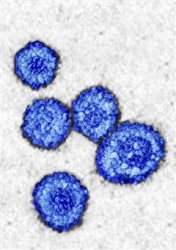Rubella virus pictures
-
Image Source: Fitzpatrick's Color Atlas & Synopsis of Clinical Dermatology
Klaus Wolff, Richard Allen Johnson, Dick Suurmond
Copyright 2005, 2001, 1997, 1993 by The McGraw-Hill Companies. All Rights reserved.

Rubella Virus Pictures | Getty Images

Since being launched just a few years ago, New Zealand-based cloud point-of-sale startup Vend has grown incredibly fast. But it expects that growth to...
Read more ›
** Receive a 20% discount off the current monthly price for QuickBooks Online Simple Start, 30% discount off the current monthly price for QuickBooks Online...
Read more ›
Forcom’s goal is to provide the complete IT solutions for the largest retail chains, giving them competitive advantage in the market that they operate...
Read more ›
We dont have a single, all-purpose phone number. Instead, we have many different numbers, depending on what you need help with. Follow these instructions...
Read more ›
Harbortouch Tableside enables restaurant servers to input customer orders directly from the table via an Apple iPad®. A dedicated iPad® app mirrors the...
Read more ›
Installation of our point of sale (POS) systems and online payment solutions is quick and easy, and is always followed up with excellent after-sales support....
Read more ›Copyright © 2016 | Entries (RSS)
